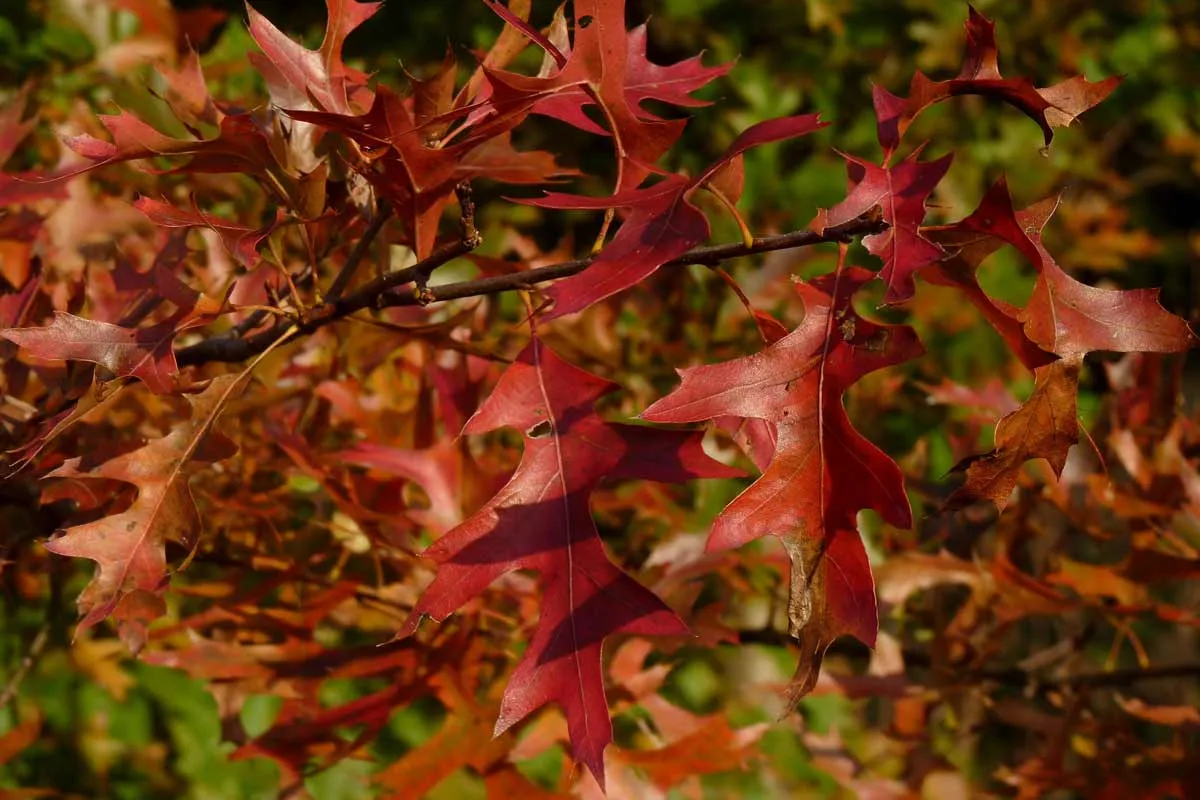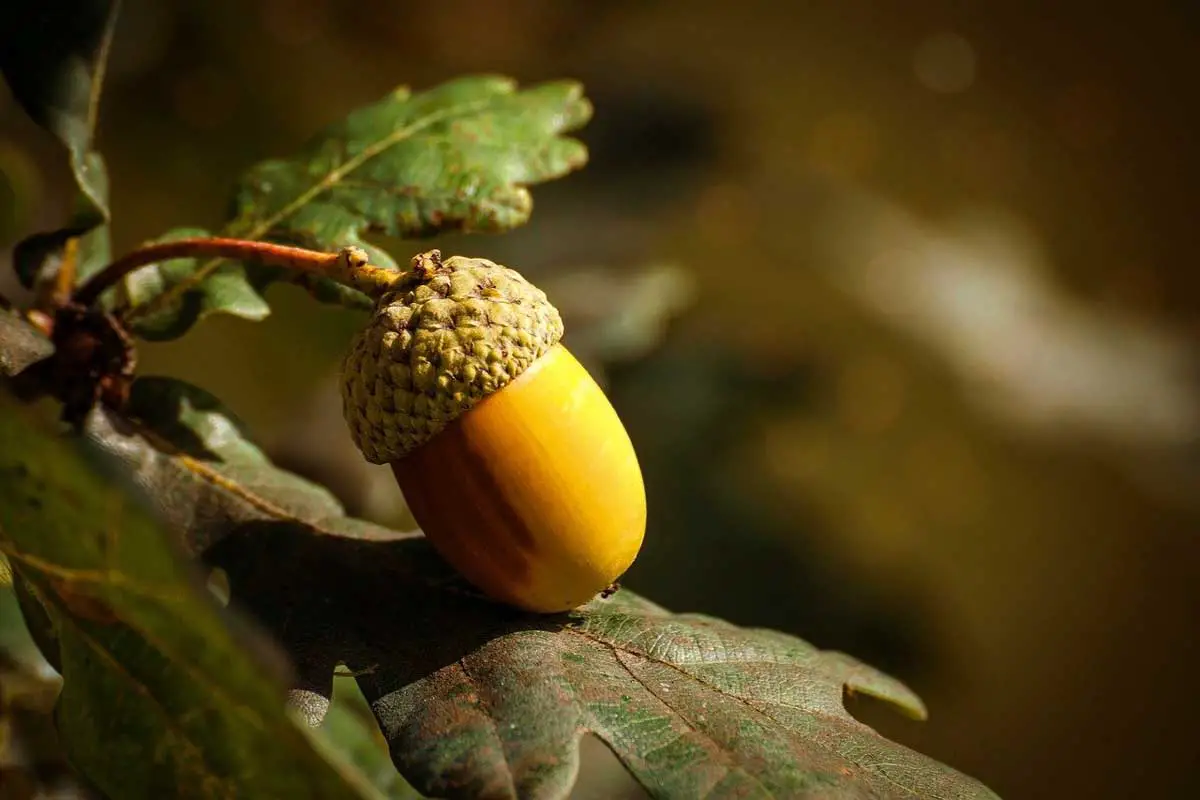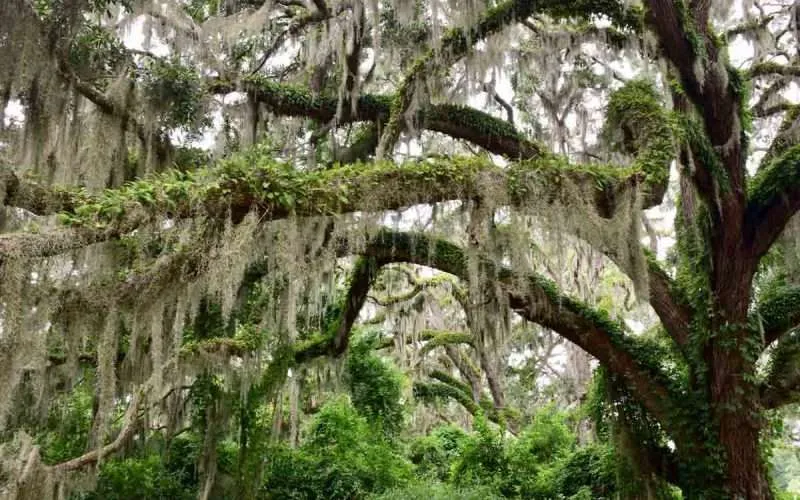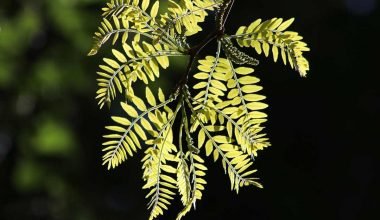Table of Contents Show
How long does an oak tree live? A tree with a very impressive lifespan, oak trees have been featured and romanticized in many works of literature through the ages. That suggests something, doesn’t it?
As to what exactly makes oak trees such a special attraction is often their strength, size, and longevity. The Oak tree (Quercus spp.) gained popularity in folklore, legends, music and poetry due to their impressive size and noble ages being symbolic of strength, wisdom and even divinity.
The Oak Tree Families

A key ability of oak trees is their ability to spontaneously produce hybrid species. That makes our mission, of prolonging the life of every type of oak tree, a little more challenging.
Oak trees may further be divided into two subspecies; the Red Oak Tree family and White Oak Tree. There are some slight differences between both these subspecies. All types of oak trees are divided into one or the other kind of oak trees.
The biggest distinction between the two is the form of their oak leaf. The leaf tips of White oak trees are rounded, whereas red oak leaves are pointy. The acorns of White oak trees mature quicker than those of red oaks. Both kinds of trees are represented on our list.

6 of the most common oak trees in the United States
Remember that there are at least 500 different species of oak trees. For the time being, we’ll deal with the most frequent species in North America. This should assist you in guaranteeing your tree matures and lives a long, rich life.
These are the most common species that most of you are likely to see at a nursery or find growing around your own home.
1. Black Oak

Life expectancy: 100 years
This widespread oak species is a member of the Red Oak family. It is native to and widely distributed throughout eastern and central North America. If you reside along the coast from Maine to Texas, or inland as far as Michigan, Ontario, Minnesota, Nebraska, Kansas, Oklahoma, or eastern Texas, you’ve probably seen this common oak.
Black oaks thrive on well-drained, silty clay soil. This tree is considered a sluggish grower, only growing 8-12 inches each year until its roots are set. However, once established and under excellent growth conditions, these trees may grow two to three feet every year.
With adequate care, a black oak can provide shelter and habitat for wildlife for an entire century.
2. Bur Oak
Life expectancy: 200-300 years
The scientific name for the Bur oak is Quercus macrocarpa, or the Oak with the Large Fruit. We’ll go out on a limb and say this is a bit of an understatement.
A member of the White Oak family, this oak can reach a height of more than 80 feet, has leaves that are more than 10 inches long, and produces acorns the size of limes!
The shaggy acorn cap that caps the acorns of the Bur Oak, also known as the Mossycup Oak, gives the tree its name. These trees have a modest growth rate once established and can grow more than 20 inches each year.
Bur oaks are commonly found in parries, open forests, and along stream banks, ideally near the water. The Bicentennial Tree, one of the oldest Bur Oaks, is said to be around 400 years old. Most species are thought to survive for 200-300 years.
3. Laurel Oak
Life expectancy: 50-70 years
The Laurel Oak, Quercus laurifolia, is a fast-growing, red, oak tree that can reach heights of more than 100 feet. When compared to other species on our list, this one has a rather limited lifespan, frequently dying extinct after roughly 60 years.
It is a suitable oak for more humid and rainy conditions, although it is not temperature sensitive. It may be found in almost any coastal location south of New York and grows all the way up the west coast to Washington state.
A native southern red oak, the Laurel Oak thrives from Florida through Southern California and all the way down to Mexico.
4. Water Oak
Life expectancy: 60-80 years
The water oak, Quercus nigra, is native to the eastern and south-central United States. This oak may be found from New Jersey to Texas, as well as inland as far as Oklahoma, Kentucky, and southern Missouri; making this another southern, red oak tree.
When it comes to growth circumstances, the water oak is somewhat finicky when compared to some of the other oaks on our list.
It grows naturally as a wetland tree in lowlands and up to 1500 feet in elevation. It thrives in moist, marshy environments and may tolerate well-draining soil. It thrives on sandy soils or red clays.
It does not tolerate even a little shade and does not grow well in crowded plots. This customized oak will only survive for a few decades. The water oak has a relatively limited lifespan, lasting 60-80 years on average.
However, because it grows swiftly and reproduces quickly, it is an ideal choice for recovering bottomland hardwood forests after agricultural or pine plantation use.
5. Pin Oak

Life expectancy: 150 years
The pin oak, or the swamp Spanish oak, is a species of Northern Red Oak. The name Pin Oak comes from the small branchlets that sprout along the larger branches and limbs.
Here’s another wet-tolerant species that’s also known as a Water Oak, albeit our two specimens are very different. The Pin Oak Quercus palustris, as opposed to the Water Oak Quercus nigra, is more typically found in northern, interior states and all the way up to Ontario, Canada.
Pin oaks thrive on poorly drained flood plains and riverbed soils. Pin oaks grow well in areas with high clay concentration.
While they prefer moist soil, they will not thrive in regions with standing water for the duration of the growing season.
The Pin Oak also lives significantly longer than the Water Oak, reaching over 150 years of age, or roughly double the lifespan of our other water-tolerant oak.
Because it is easy to transplant, grows fast, and is pollution tolerant, pin oak is one of the most often utilized landscaping oaks in its natural growing zone.
6. Live Oak Tree
Lifespan: up to 1,000 years or more
The live oak tree, a member of the Southern White Oak Tree, is the way to go if you want to impress and have the land and southeast climate for it. The southern live oak, Quercus virginiana, is an evergreen oak tree endemic to the southeastern United States.
Many oaks are referred to as “live oaks,” but a real southern live oak is one of the most recognizable trees in the United States, especially in the Old South.
Many of the eastern coast’s oldest and biggest trees are live oaks. In their natural habitat, live oaks are said to be capable of living for up to 1,000 years.
Angel Oak, located on Johns Island in South Carolina, is thought to be 400-500 years old. It stands 66.5 feet tall and has a circumference of 28 feet! Even more intriguing, the Angel Oak’s largest branch is 187 feet long, and its shadow spans 17,200 square feet.
Some believe the tree might be as ancient as 1500 years, although many arborists believe it is closer to 500 years.
Unique Facts about Oak Trees’ Lifespan

The oak trees are a part of a larger family known as the beech family. Depending on the climate, and the right tree care, they can develop as shrubs or as full-fledged trees.
As a testament to their strength and resilience oak trees are able to withstand a multitude of climates ranging from cold winters to hot summers. These sturdy plants are native to the Northern Hemisphere, yet they may be found in both chilly temperature and warm tropical areas.
North America has the greatest diversity of oak species. In the United States, there are about 90 distinct species of oak trees, whereas Mexico has 160. China is the world’s second-largest hub of oak growth, with over 100 species known to thrive there.
Humans have found roughly 500 different species of oaks. We did not go into detail about each species of the oak tree. We wouldn’t even want to read it all! Instead, we have concentrated on some of the most common species that you’re likely to see on your own land.
Caring for the growth of your oak

Oak trees definitely have longevity on their side. But in spite of the age, oak trees grow very slowly, and this contrast becomes especially clear when comparing oaks to other similar vegetation. This, however, greatly varies between the many oak tree species. Moreover, the annual growth rate of an oak tree also depends upon the environmental and soil conditions that the said tree is growing in.
Commonly oak trees grow between 12 to 24 inches annually, however, this is an average estimate and may greatly vary depending on the species. Another factor that affects the growth of an oak tree is its age. While an old tree grows rather slowly a young one will sprout out quite rapidly in comparison.
These long lived trees are not just dignified compliments to a large yard. They also provide quite a few benefits. And with their long lives, these benefits may practically even last forever. Oak trees are able to promote soil fertility as well as act as soil stabilizers. They also serve as a groundwater protector and are a keystone species on which many other species rely for food and refuge.






